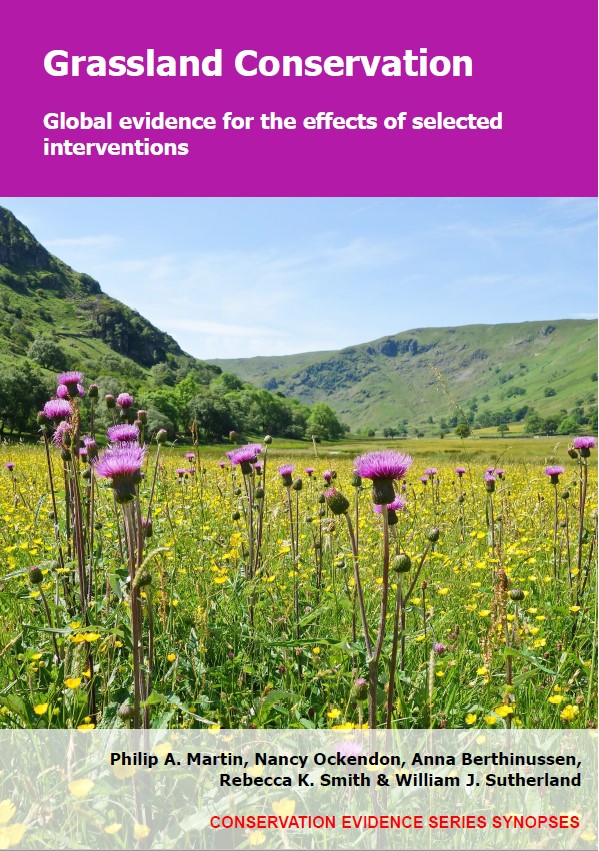Add topsoil before seeding/planting
-
Overall effectiveness category Evidence not assessed
-
Number of studies: 1
View assessment score
Hide assessment score
How is the evidence assessed?
-
Effectiveness
not assessed -
Certainty
not assessed -
Harms
not assessed
Study locations
Supporting evidence from individual studies
A replicated, controlled study in 1977–1981 in a formerly mined site in Wyoming, USA (Pinchak et al. 1985) found that adding topsoil before seeding increased plant species richness and biomass of seeded species in most cases, and reduced biomass of species that were not sown in most cases. Areas where topsoil was added and seeds sown had higher plant species richness (4.7–5.2 species/plot) than areas where no topsoil was added but seeds were sown (4.0 species/plot). In six of nine comparisons, the biomass of seeded species was higher in areas where topsoil was added and seeds were sown (445–984 kg/ha) than in areas where no topsoil was added but seeds were sown (180–410 kg/ha). In five of nine comparisons, the biomass of non-seeded species was lower in areas where topsoil was added and seeds were sown (189–952 kg/ha) than in areas where topsoil was not added but seeds were sown (448–1,115 kg/ha). In 1977, topsoil was added to a depth of 20–60 cm to fifteen 45.7 x 4.9 m plots, and no topsoil was added to five plots. Seeds of ‘Critana’ thickspike wheatgrass Agropyron dasystachyum, green needlegrass Stipa viridula, slender wheatgrass A. trachycaulum and ‘Rosana’ western wheatgrass A. smithii were sown at a rate of 15.5 kg/ha in all plots. Biomass was sampled by hand in 4–8 x 0.18-m2 quadrats/plot in 1979–1981. Plant species richness was estimated using 50 x 20 cm quadrats (replication unclear).
Study and other actions tested
Where has this evidence come from?
List of journals searched by synopsis
All the journals searched for all synopses
This Action forms part of the Action Synopsis:
Grassland Conservation
Grassland Conservation - Published 2021
Grassland Synopsis





)_2023.JPG)














